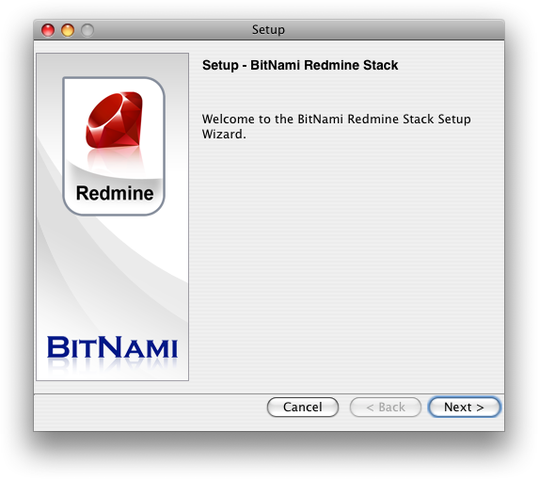

- #BITNAMI MEAN STACK APACHE TUTORIAL HOW TO#
- #BITNAMI MEAN STACK APACHE TUTORIAL INSTALL#
- #BITNAMI MEAN STACK APACHE TUTORIAL DRIVER#
- #BITNAMI MEAN STACK APACHE TUTORIAL PASSWORD#
Mean Stack is a framework of Javascript used for the development of a website. To surf well in such a vast ocean of internet, engaging and easy to use elements are required on the app or a site. A simple application or a website with plain text is not at all entertained ever for a millisecond.
#BITNAMI MEAN STACK APACHE TUTORIAL HOW TO#
To learn how to create an HTTPS certificate for Apache, refer to the Auto-configure a Let’s Encrypt certificate section.These days, the updated and the latest information is popped up on every single tap. Step 4: Create an HTTPS certificate for Apache Restart the Apache server: $ sudo /opt/bitnami/ctlscript.sh restart apache SSLCertificateKeyFile "/opt/bitnami/apache/conf/bitnami/certs/server.key"ĭocumentRoot "/opt/bitnami/projects/myapp" SSLCertificateFile "/opt/bitnami/apache/conf/bitnami/certs/server.crt" If the predefined virtual hosts are not available to you, or you prefer to apply a custom configuration, follow the steps below:Ĭreate and edit the /opt/bitnami/apache/conf/vhosts/nf file and add the following lines: ĭocumentRoot "/opt/bitnami/projects/myapp/public"Ĭreate and edit the /opt/bitnami/apache/conf/vhosts/nf file and add the following lines: Restart Apache for the changes to be taken into effect: $ sudo /opt/bitnami/ctlscript.sh restart apache $ sudo cp /opt/bitnami/apache/conf/vhosts/ /opt/bitnami/apache/conf/vhosts/nf disabled suffix: $ sudo cp /opt/bitnami/apache/conf/vhosts/ /opt/bitnami/apache/conf/vhosts/nf To enable them, follow the steps below:Ĭopy the file to remove the. The Bitnami installation comes with predefined HTTP and HTTPS virtual hosts for connecting to a Node.js application running at port 3000. Enable predefined virtual hosts for an Express application You can serve your application through the Apache web server by enabling a virtual host that connects to your application. Step 3: Serve your application through the Apache web server

$ forever start /opt/bitnami/projects/sample/bin/www You can use other service managers such as PM2 or nodemon.

This example shows how to use Forever, since it is bundled in the Bitnami installation. The next step is to daemonize your application, so that it keeps running in the background. Step 2: Daemonize your application with Forever to keep it running
#BITNAMI MEAN STACK APACHE TUTORIAL INSTALL#
Then, run this command in the project directory: $ bower install angular bowerrc in your application folder with the following content: You can add AngularJS to your application with Bower. Learn How to obtain the MongoDB database credentials and How to create a MongoDB database and user.
#BITNAMI MEAN STACK APACHE TUTORIAL PASSWORD#
Var db = USERNAME, PASSWORD and DATABASE are placeholders for the database username, password and the database name, respectively. It is already installed by default so you only have to add the following lines to your app.js file: var Mongoose = require('mongoose')
#BITNAMI MEAN STACK APACHE TUTORIAL DRIVER#
You can connect your application with MongoDB using MongooseJS, an object modelling driver for Node.js. In this case, you must first create an SSH tunnel between your local system and the server before you can access the application. NOTE: Access to the server on port 3000 may be blocked for security reasons. To access the application, browse to To end the application, terminate the running Express process. The Express application can be started by using this command, and it will run on port 3000: $ DEBUG=sample:*. Then, to create a new Express application, initialize a new project as below: $ cd /opt/bitnami/projects First, create a new folder to store your Express projects, such as the /opt/bitnami/projects directory, and give write permissions for the current system user: $ sudo mkdir /opt/bitnami/projects


 0 kommentar(er)
0 kommentar(er)
